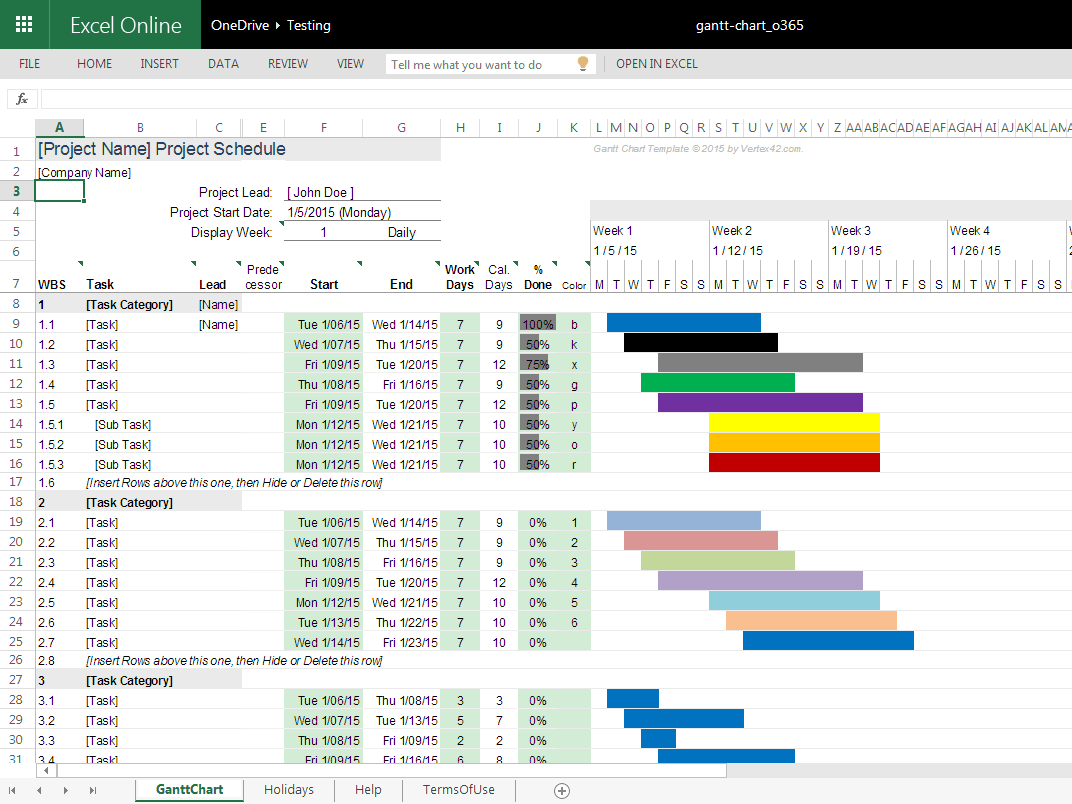

- DATA MODEL SCHEMA PROJECTS TASKS AND SUBTASKS HOW TO
- DATA MODEL SCHEMA PROJECTS TASKS AND SUBTASKS UPDATE
DATA MODEL SCHEMA PROJECTS TASKS AND SUBTASKS HOW TO
To understand how to use Agile to structure your work and why it matters, let’s first define its building elements. Some of the most commonly used Agile terms include epics, themes, projects, initiatives, user stories, tasks, etc. An Agile workflow considers that different factors can influence the system. In contrast to traditional work management, where all work items are treated equally and are driven by due dates, Agile encourages building a flexible work structure.
DATA MODEL SCHEMA PROJECTS TASKS AND SUBTASKS UPDATE
Integrate with external systems to get the most out of your Kanban softwareĬreate and update cards via email and reply to emails by adding a commentĪgile Work Breakdown Elements: Themes, Initiatives, Projects and Tasks Reduce multitasking, alleviate bottlenecks, and keep a steady flow of work Visualize and track cross-team dependencies via card linksĬreate probabilistic plans for future project deliveryĪutomate your process to trigger actions when certain events occurĪnalyze your workflow’s performance through a variety of Lean/Agile charts Visualize your past, current, and future initiatives or projectsĭistribute and track work across the entire organizationĭisplay critical business metrics and gather reports in one placeĬustomize your work items as needed and enhance communication

Keep your teams' work in a single place with multi-layered Kanban boards

Keep track of tasks and get accurate status reports in real-timeĬreate a network of interlinked Kanban boards on a team and management level You can then delete the original sub-task issue type without affecting existing work.įind the relevant sub-task issue type and click Delete.Implement OKRs and align your strategy with day-to-day execution Done, Resolved) and click Add.īefore deleting a sub-task issue type, we recommend searching for all issues of that type and bulk editing them to select another existing issue type. Select the Sub-task Blocking Condition and click Add. This type of condition can prevent a parent issue from being resolved until all of its sub-tasks are resolved.įind the relevant workflow and click Edit. You can create a custom workflow with the Sub-task Blocking Condition on the workflow transitions you want to block based on a sub-task's status. You can convert these sub-tasks to standard issue types if you would like to disable them.Ĭlick Enable or Disable sub-tasks as needed.Įnter a name and description to define the new sub-task issue type.įind the relevant sub-task issue type and click Edit.Įdit the name, description, and avatar as needed and click Update.īlock a parent issue workflow based on a sub-task status Note that you can't disable sub-tasks if one or more sub-tasks have already been created in one of your Jira applications. You can also create workflow conditions to ensure that all sub-tasks are completed before a parent issue can be resolved. Sub-tasks are enabled by default however, you can choose to disable them if your teams only need to work with standard issue types. As a Jira administrator, you can create sub-task issue types to split up larger pieces of work into tasks that can be assigned and tracked separately by your teams.


 0 kommentar(er)
0 kommentar(er)
